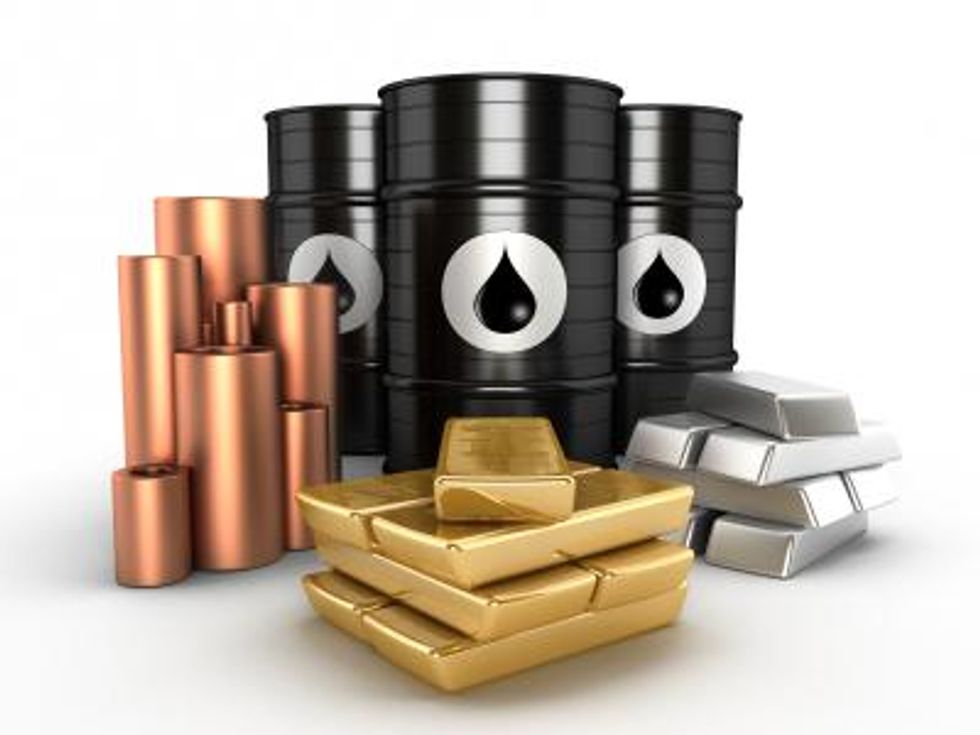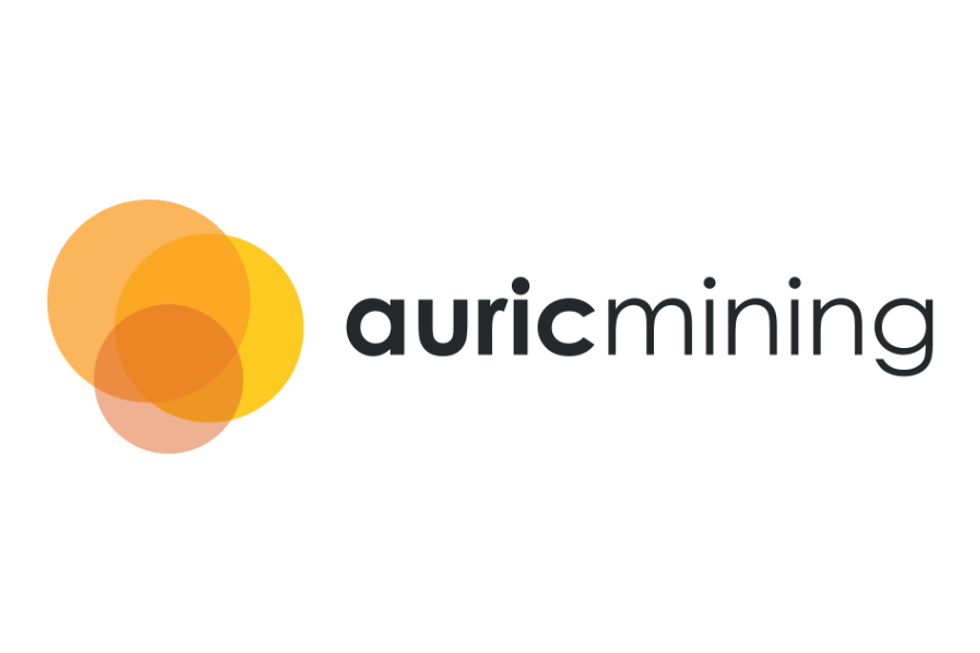- AustraliaNorth AmericaWorld
Investing News NetworkYour trusted source for investing success
- Lithium Outlook
- Oil and Gas Outlook
- Gold Outlook Report
- Uranium Outlook
- Rare Earths Outlook
- All Outlook Reports
- Top Generative AI Stocks
- Top EV Stocks
- Biggest AI Companies
- Biggest Blockchain Stocks
- Biggest Cryptocurrency-mining Stocks
- Biggest Cybersecurity Companies
- Biggest Robotics Companies
- Biggest Social Media Companies
- Biggest Technology ETFs
- Artificial Intellgience ETFs
- Robotics ETFs
- Canadian Cryptocurrency ETFs
- Artificial Intelligence Outlook
- EV Outlook
- Cleantech Outlook
- Crypto Outlook
- Tech Outlook
- All Market Outlook Reports
- Cannabis Weekly Round-Up
- Top Alzheimer's Treatment Stocks
- Top Biotech Stocks
- Top Plant-based Food Stocks
- Biggest Cannabis Stocks
- Biggest Pharma Stocks
- Longevity Stocks to Watch
- Psychedelics Stocks to Watch
- Top Cobalt Stocks
- Small Biotech ETFs to Watch
- Top Life Science ETFs
- Biggest Pharmaceutical ETFs
- Life Science Outlook
- Biotech Outlook
- Cannabis Outlook
- Pharma Outlook
- Psychedelics Outlook
- All Market Outlook Reports
Weekly Round-Up: European Central Bank Rides to the Rescue
The ECB’s recent plan to ease the Eurozone crisis has had a positive impact on commodities. And copper may get an extra boost from a new Chinese infrastructure program.
Most commodities are ending the week higher, largely due to a new plan from the European Central Bank (ECB) that will help ease the ongoing Eurozone debt crisis.
Following Thursday’s ECB meeting, the bank’s president, Mario Draghi, announced that the ECB is ready to buy short-term bonds from Eurozone countries in secondary markets. He placed no limit on those purchases. However, he did say that governments will have to fulfill certain conditions — including austerity measures — in order for the bank to buy their bonds. Many of the most indebted European states already meet this criteria.
The move drove down borrowing costs for beleaguered European governments: yields (or rates of return paid to investors) on Spanish 10-year bonds dipped to 6.03 percent from 6.409 percent on Wednesday, and similar Italian bonds saw their yields fall to 5.261 percent from 5.514 percent.
Reaction to the European plan was mostly positive. “We strongly welcome the ECB’s new framework,” said Christine Lagarde, head of the International Monetary Fund (IMF). “The IMF stands ready to cooperate within our frameworks. We see the ECB’s action as an important step toward strengthening stability and growth in the euro area.”
Global stock markets also moved higher on the news, with the Dow Jones Industrial Average surging 244.52 points on Thursday to close at 13,292.
Investors will now be closely watching the US Federal Reserve meeting planned for September 12 to 13 to see what, if any, new measures Chairman Ben Bernanke may bring in to help revive the struggling US economy.
In morning trade Friday, Brent crude is up 0.42 percent at $112.96 a barrel, while copper is up 2.3 percent at $3.60 a pound. Gold is up 1.5 percent at $1,731.30 an ounce.
Oil and gas
Oil refineries in the Gulf of Mexico continue to recover in the wake of Hurricane Isaac. The storm prompted the closure of seven refineries in Louisiana with a combined capacity of 1.4 million barrels a day. It also forced three others to slow their operations. On Tuesday, Valero Energy (NYSE:VLO) and Phillips 66 (NYSE:PSX) restarted the last three refineries, prompting a slight dip in US gasoline prices and heating oil futures earlier in the week.
Cenovus Energy (TSX:CVE,NYSE:CVE) reported that it has started production at the fourth phase of its Christina Lake project in the Canadian oil sands three months ahead of schedule and within budget. In August, the entire Christina Lake project produced over 60,000 barrels per day. When the fourth phase reaches full production in six to nine months, it will add roughly 40,000 barrels a day to that total.
When Cenovus completes all of its expansions, Christina Lake will be capable of producing roughly 300,000 barrels of oil a day.
Copper
In addition to receiving a boost from the ECB plan, copper also rose on news that China, the world’s largest consumer of the metal, approved 60 infrastructure projects worth over $150 billion. The infrastructure program is part of the government’s plan to spur the country’s economy after its recent slowdown. That’s a big plus for copper because it’s heavily used in construction and electrical wiring.
“I think the scale of it and the detail of it are quite copper positive,” Marex strategist Guy Wolf said. “The fact that they have come out with a very targeted stimulus, targeting different areas, is clearly very bullish.”
Elsewhere, Codelco, the world’s largest copper producer, said its production fell 6.4 percent in the first six months of the year from a year ago. The Chilean state-owned miner said it produced 767,000 tonnes of the red metal from January through June.
The average ore grade at Codelco’s mines fell to 0.72 percent this year from 0.806 percent in 2011. It is also dealing with ongoing power outages due to Chile’s underdeveloped transmission infrastructure, which was further damaged by a 2010 earthquake. Despite these challenges, Codelco still stands by its 2012 production target of 1.7 million tonnes, although some see that goal as too optimistic given the obstacles the company is facing.
“Production would have to top 150,000 tonnes per month on average to reach 1.7 million tonnes,” Jose Pedro Fuenzalida, a senior analyst at Chile-based LarrainVial, told Reuters. “It hasn’t been over 140,000 tonnes per month this entire year.”
Gold
The price of gold hit a six-month high following Draghi’s comments, rising to $1,713.79 an ounce on Thursday before settling at $1,701.
Despite gold’s recent rise, some analysts feel the yellow metal could face headwinds. That’s because the ECB’s bond purchases are sterilized, meaning the bank is taking money out of circulation to offset its bond purchases, thereby reducing the likelihood of inflation. Investors often buy gold as a hedge against inflation.
Still, a worse-than-expected jobs report out of the US could spur the Federal Reserve to bring in another round of quantitative easing (in which the central bank buys securities from commercial banks) next week. Unlike the ECB’s program, quantitative easing directly increases the money supply.
In company news, Osisko Mining (TSX:OSK) reported that gold production at its Canadian Malartic mine in Quebec hit a record in August. During the month, the mine’s total output was 39,005 ounces with gold grades averaging 1.02 grams per tonne. Average daily production was 43,073 tonnes, and the mine’s mill processed 1.33 million tonnes — also a new record.
AuRico Gold (TSX:AUQ,NYSE:AUQ) saw its shares drop 25 percent on Wednesday after it cut its full-year production forecast for the second time in two months. The company said it will now produce 115,000 to 125,000 gold equivalent ounces at its Ocampo mine in Mexico, down sharply from its previous forecast of 155,000 to 170,000 tonnes.
The mine has suffered from high turnover among its skilled workers, which has slowed its development. The company has turned to outside contractors to help speed development, but that has also increased its costs.
Securities Disclosure: I, Chad Fraser, hold no positions in any of the companies mentioned in this article.
Outlook Reports
Featured Resource Investing News Stocks
Browse Companies
MARKETS
COMMODITIES
| Commodities | |||
|---|---|---|---|
| Gold | 2382.77 | +2.84 | |
| Silver | 28.23 | -0.01 | |
| Copper | 4.45 | -0.01 | |
| Oil | 84.63 | +1.90 | |
| Heating Oil | 2.59 | +0.05 | |
| Natural Gas | 1.77 | +0.02 | |
Investing News Network websites or approved third-party tools use cookies. Please refer to the cookie policy for collected data, privacy and GDPR compliance. By continuing to browse the site, you agree to our use of cookies.






